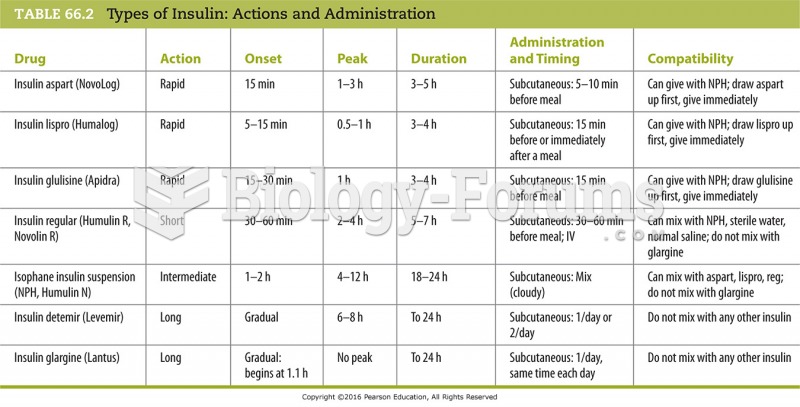This topic contains a solution. Click here to go to the answer
|
|
|
Did you know?
Today, nearly 8 out of 10 pregnant women living with HIV (about 1.1 million), receive antiretrovirals.
Did you know?
Asthma is the most common chronic childhood disease in the world. Most children who develop asthma have symptoms before they are 5 years old.
Did you know?
There are more sensory neurons in the tongue than in any other part of the body.
Did you know?
Medication errors are more common among seriously ill patients than with those with minor conditions.
Did you know?
It is difficult to obtain enough calcium without consuming milk or other dairy foods.







